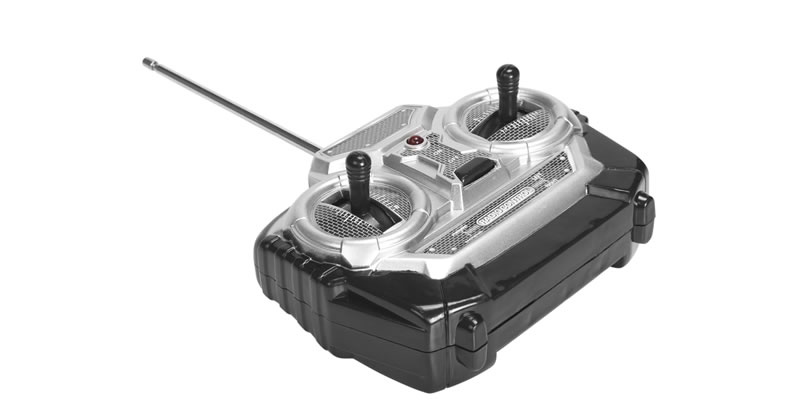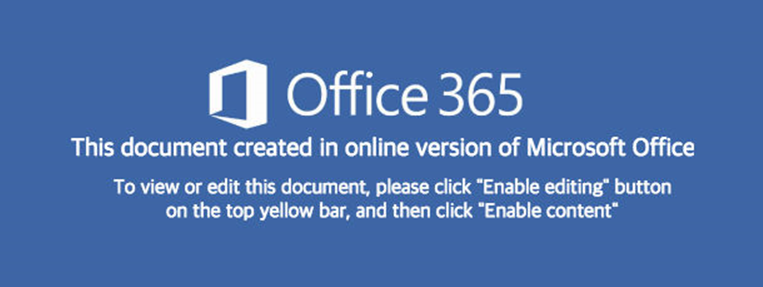Zimbra issues awaited patch for actively exploited vulnerability
Categories: Exploits and vulnerabilities Categories: News Tags: Zimbra Tags: ZCS Tags: CVE-2023-38750 Tags: CISA Tags: CVE-2023-0464 Tags: TAG Tags: XSS Tags: JSP Tags: XML Tags: Zimbra has released ZCS 10.0.2 that fixes two security issues, including the known bug that could lead to exposure of internal JSP and XML files. |
The post Zimbra issues awaited patch for actively exploited vulnerability appeared first on Malwarebytes Labs.
Read more




